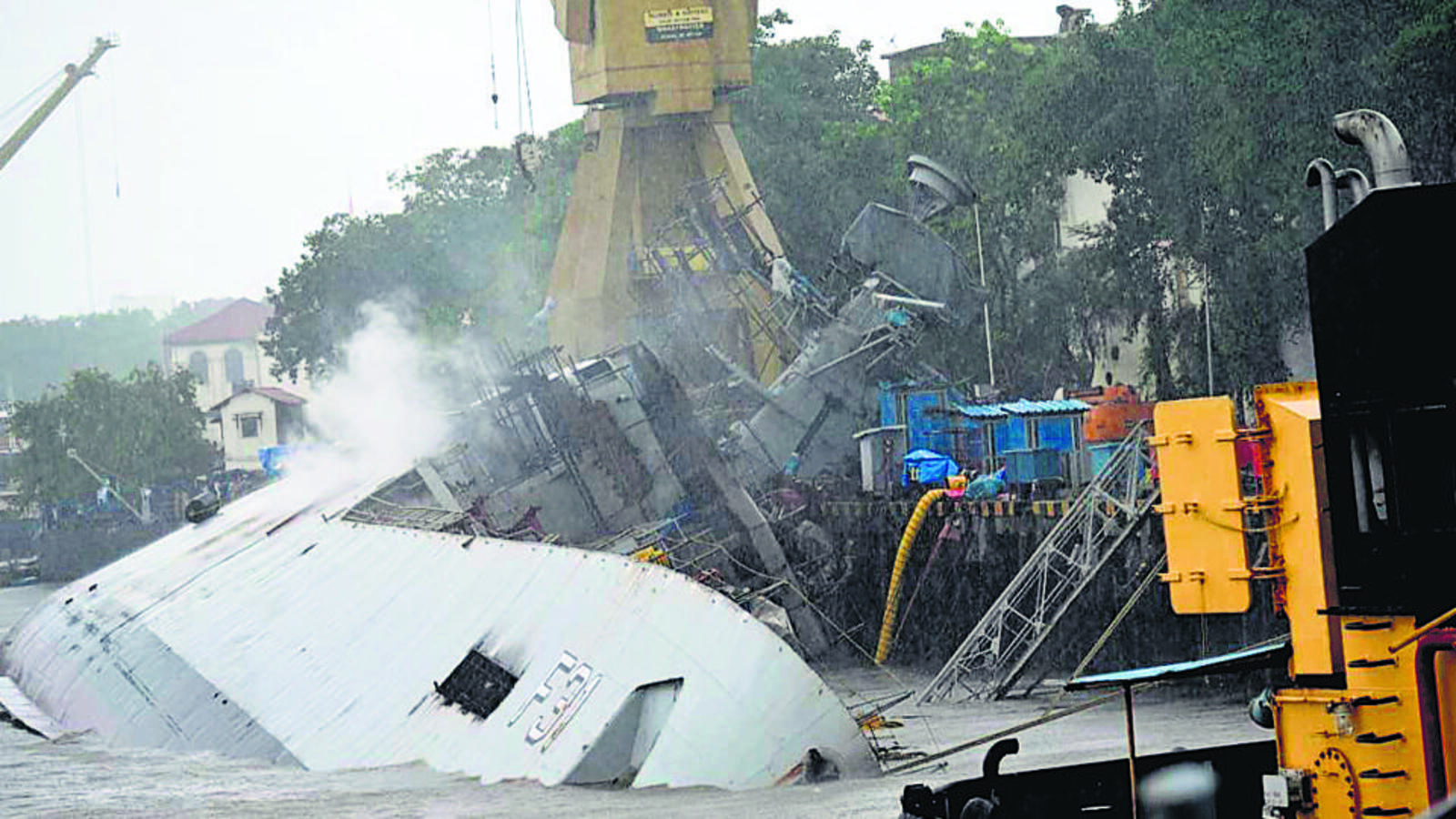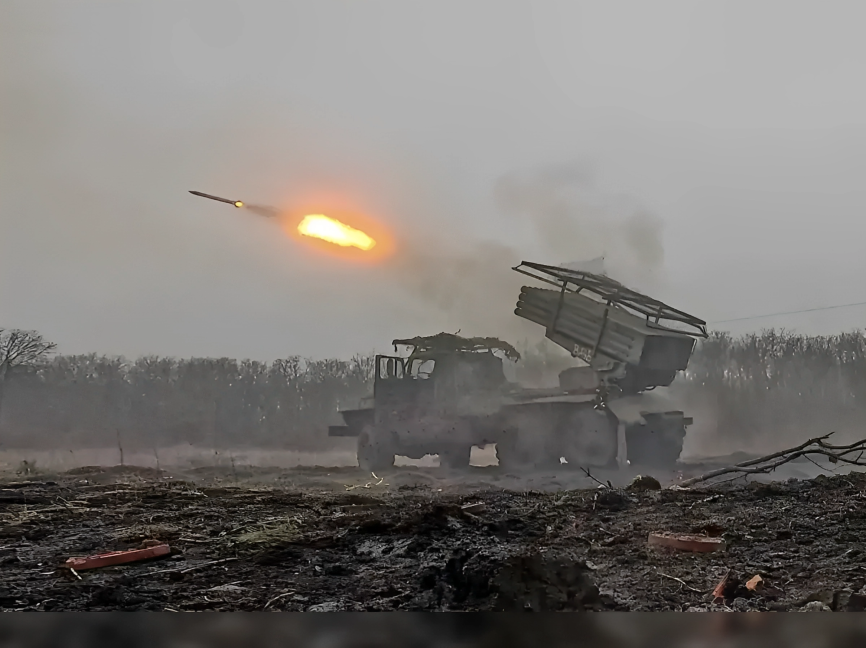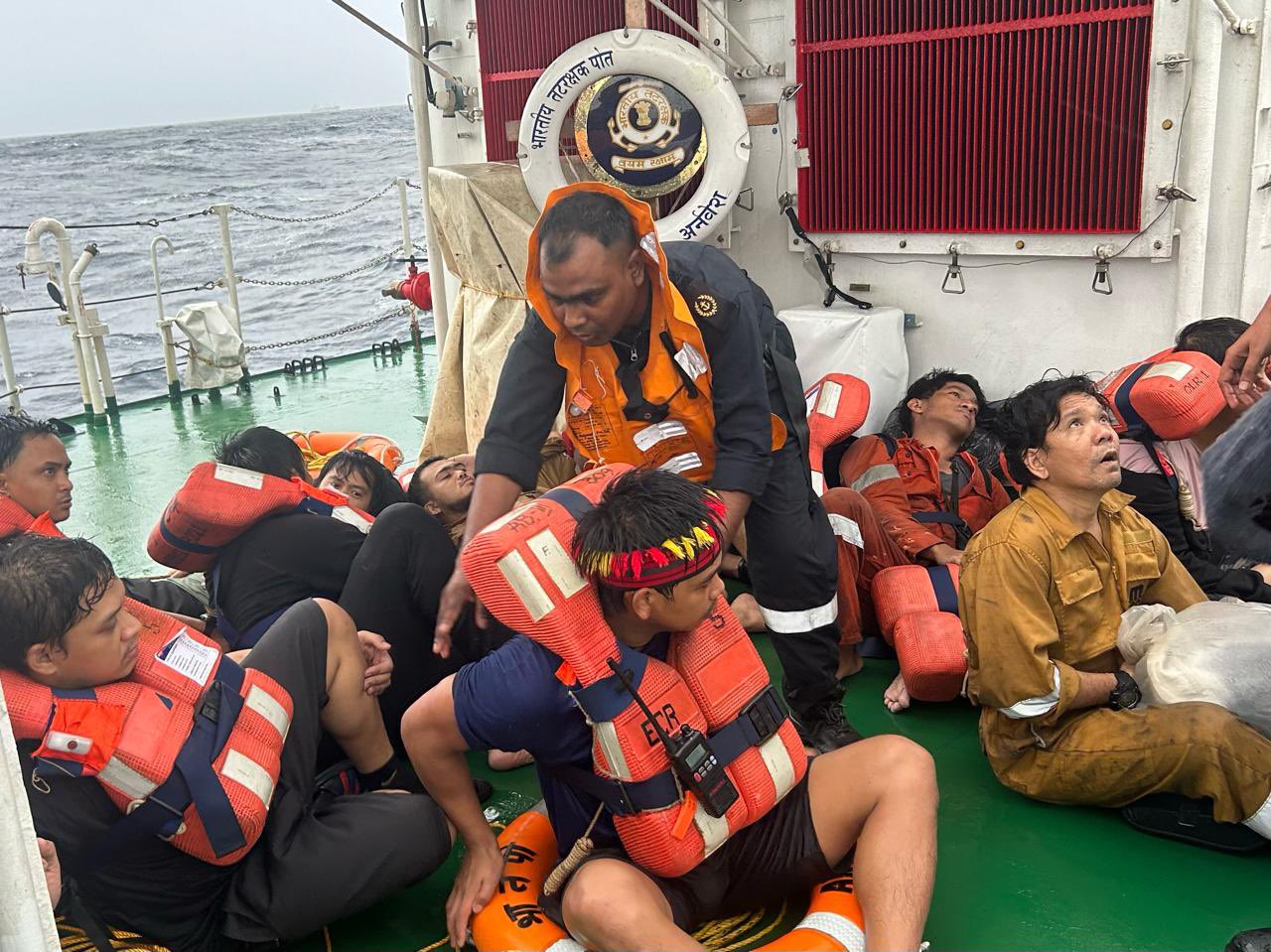Retired Army Colonel Arrested for Accepting ₹50,000 Bribe in Uttarakhand
In a significant anti-corruption crackdown, the vigilance department of Uttarakhand arrested a retired army Colonel who was serving as the…
India Becomes 4th Largest Economy By Overtaking Japan
India has officially overtaken Japan to become the fourth-largest economy in the world, with its nominal GDP now standing at…
Assam Rifles Conducts Full Military Honors for Fallen Soldier Naib Subedar Kanjabihari Singha
In a deeply moving ceremony marked by military precision and heartfelt emotion, the Assam Rifles laid to rest Naib Subedar…
INS Brahmaputra Set to Sail Again After Accident in July 2024
Nearly a year after the Indian Navy’s guided missile frigate INS Brahmaputra suffered a catastrophic accident at the Naval Dockyard…
India’s NIBE Limited Secures $17.52 Million Export Deal for Advanced Rocket Launchers with Israeli Firm
In a landmark development for India’s defence manufacturing sector, NIBE Limited has secured an export order worth USD 17.52 million…
Swift Response by Indian Coast Guard and Navy Prevents Tragedy: All 24 Crew Members Rescued After Liberian Ship Sinks Off Kochi Coast
In a major maritime incident off India’s southwestern coast, the Liberian-flagged container ship MSC ELSA 3 sank approximately 38 nautical…






